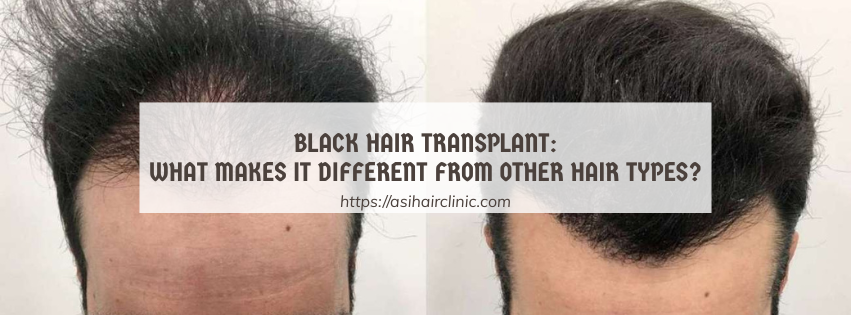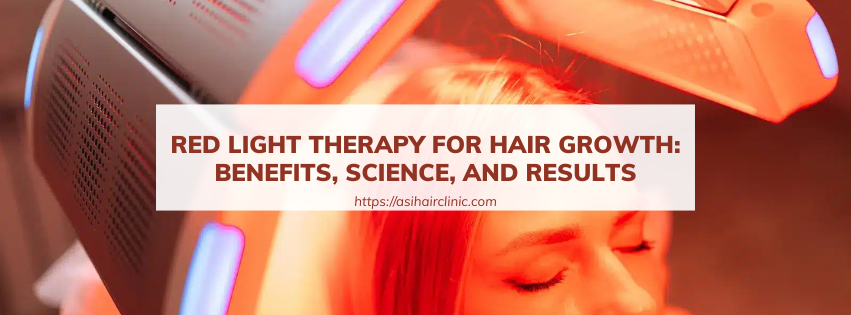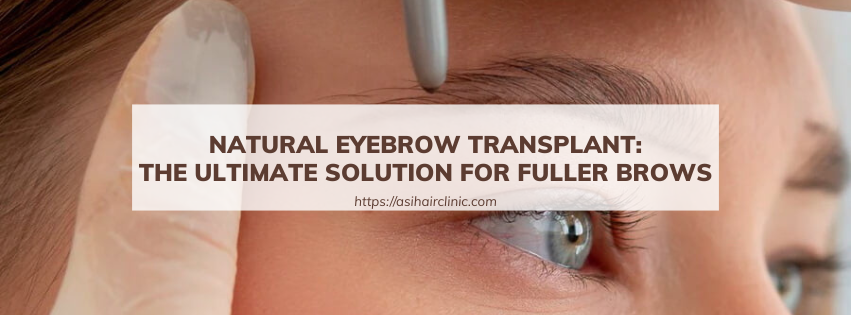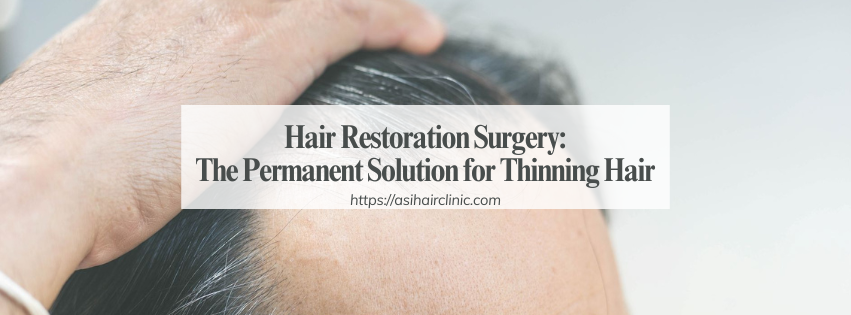Robotic Hair Transplant: The Future of Hair Restoration
Robotic Hair Transplant is a groundbreaking advancement in the field of hair restoration, offering an innovative solution for those suffering from hair loss. By incorporating cutting-edge technology and artificial intelligence, robotic systems have transformed traditional hair transplant procedures into more efficient, precise, and effective methods for regaining one's natural hairline. As this technology continues to evolve, it has become increasingly clear that robotic hair transplantation will play a pivotal role in the future of personal grooming and self-confidence.
1. What Is Robotic Hair Transplant?
In recent years, the quest for effective hair restoration techniques has led to the development of robotic hair transplant systems.
1.1. Definition and How It Works
A Robotic Hair Transplant system employs advanced robotics and artificial intelligence to automate the process of harvesting and implanting hair follicles. Unlike traditional hair transplant methods, which rely heavily on the manual skills of surgeons, robotic systems are designed to enhance precision and reduce human error.
The process begins with a thorough analysis of the patient's scalp and hair characteristics. Once the areas requiring treatment are identified, the robotic device utilizes high-definition imaging and robotic arms to carefully extract individual hair follicles from the donor area, typically located at the back of the head. These extracted grafts are then meticulously implanted into the recipient site, ensuring optimal density and natural-looking results.
1.2. Key Differences Between Robotic and Traditional Hair Transplants
The differences between robotic and traditional hair transplants extend beyond simply being mechanized. While both methods aim to restore hair, the approach and outcomes can vary significantly.
One of the primary distinctions lies in the level of precision. Traditional methods often depend on the surgeon's hand-eye coordination and experience, which can lead to variability in results. In contrast, robotic systems utilize real-time imaging and AI algorithms, allowing for highly accurate extraction and implantation.
Another important difference is related to the speed and efficiency of the procedure. Robotic hair transplantation tends to be quicker since the automation allows for faster harvesting of grafts. Patients may also experience a shorter recovery time, as the minimally invasive nature of robotic systems leads to less trauma to the scalp.
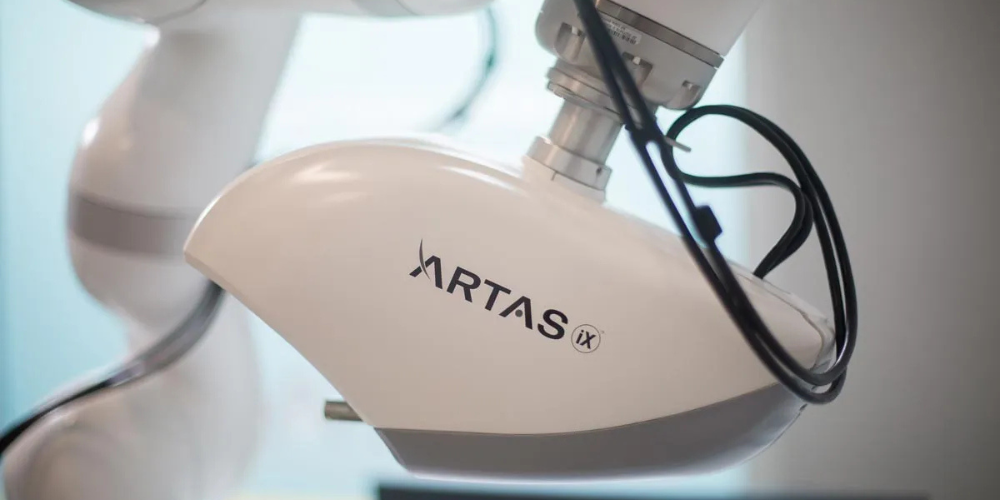
2. Benefits of Robotic Hair Transplant
The advantages of choosing a Robotic Hair Transplant over traditional methods are manifold, appealing to both patients seeking restoration and practitioners aiming for superior results.
2.1. Precision and Accuracy
Minimized human error is one of the hallmarks of robotic hair transplant systems. The technology ensures that each hair follicle is harvested with precision, minimizing any potential damage during extraction. This accuracy not only enhances the quality of the grafts but also leads to a higher survival rate once they are implanted.
Consistent graft extraction is another critical benefit. In robotic procedures, the mechanism follows predetermined guidelines, ensuring uniformity in the size and quality of harvested follicles. This consistency provides surgeons with greater control over the final outcome, resulting in a natural appearance that mimics the patient's original hairline.
2.2. Faster Procedure and Recovery Time
Patients often appreciate the efficiency of robotic hair transplants, which generally lead to shorter overall procedure times. For example, while traditional methods may require several hours of surgery, robotic systems can streamline the process, leading to reduced time spent in the surgical chair.
Moreover, faster recovery times are a significant advantage. Many patients find that they can return to their daily activities much sooner than with traditional methods, which can involve more extensive healing and aftercare. This aspect makes robotic hair transplants an attractive option for busy individuals looking to improve their appearance without extended downtime.
2.3. Minimally Invasive with Less Scarring
The minimally invasive approach offered by robotic hair transplant technology results in less scarring compared to traditional methods. Traditional Follicular Unit Extraction (FUE) techniques can sometimes leave noticeable scars, especially if the extraction isn't performed with precision.
On the other hand, robotic systems use delicate instruments to harvest grafts, reducing the risk of visible scarring. The small puncture wounds created during the procedure tend to heal quickly and inconspicuously, leaving behind little to no evidence of the surgery. This is a crucial consideration for patients who prioritize aesthetics even during the healing process.
2.4. Natural-Looking Results
Perhaps one of the most compelling benefits of Robotic Hair Transplant is the ability to achieve incredibly natural-looking results. Since these systems take into account the unique characteristics of each patient’s hair and scalp, the outcome can blend seamlessly with their existing hair.
The meticulous nature of robotic implantation allows for optimal placement of each graft, ensuring proper angles, densities, and patterns that mimic natural growth. This attention to detail helps patients regain confidence in their appearance, knowing that their restored hair looks authentic and undetectable.
3. How Robotic Hair Transplant Works: Step-by-Step Process
Understanding the step-by-step process of a robotic hair transplant provides insight into how this innovative technology works and what patients can expect.
3.1. Initial Consultation and Scalp Analysis
Before undergoing a Robotic Hair Transplant, patients typically begin with an initial consultation with a qualified specialist. During this meeting, the surgeon will conduct a comprehensive scalp analysis to assess the patient’s hair loss pattern, donor hair availability, and overall scalp health.
The consultant will discuss the patient’s goals and expectations for the procedure. Digital imaging technologies may be employed to create detailed maps of the scalp, helping the surgeon plan the best approach for graft extraction and implantation. This phase is crucial for establishing a solid foundation for the subsequent steps.
3.2. Robotic Graft Harvesting Using AI Technology
Once the consultation is complete, the robotic system prepares for the graft harvesting phase. Using sophisticated AI technology, the robotic arm scans the donor area with high-resolution imaging. This scanning process helps identify the healthiest hair follicles that will provide the best results.
As the robotic arm extracts individual follicles, it does so with minimal disruption to the surrounding tissue. The precise movements of the robotics ensure that each graft is harvested efficiently while maintaining its integrity—an essential factor for successful implantation later.
3.3. Implantation and Hairline Design
After harvesting, the next stage involves implanting the extracted follicles into the recipient site. This is where the artistry of hairline design comes into play. A skilled surgeon collaborates with the robotic system to determine the ideal positioning for each graft.
Careful consideration is given to the natural growth direction, angle, and density of the hair. The robotic system assists in placing the grafts uniformly, optimizing the overall aesthetic result. Patients can expect a hairline that closely resembles their original one, contributing to a pleasing and rejuvenated appearance.
3.4. Post-Procedure Care and Recovery
Once the procedure is complete, patients will receive detailed post-operative care instructions. Proper aftercare is critical to ensure the success of the transplant and minimize any potential side effects.
Recovery varies from person to person, but many find that they can resume normal activities rather quickly. Follow-up appointments may be scheduled to monitor healing and assess the growth of new hair. It's essential for patients to adhere to their surgeon's guidance during this phase to maximize the effectiveness of their Robotic Hair Transplant.
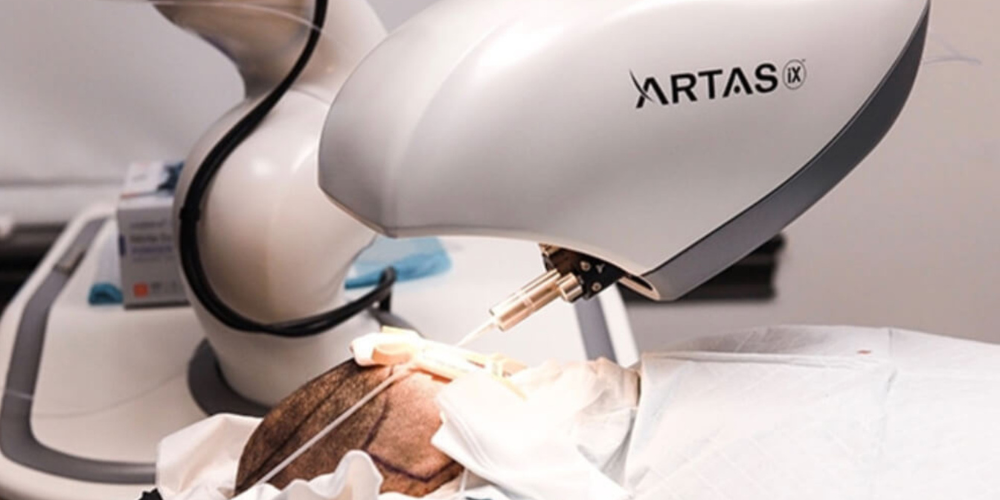
4. Who Is a Good Candidate for Robotic Hair Transplant?
Identifying suitable candidates for robotic hair transplant procedures is vital for achieving positive outcomes.
4.1. Ideal Hair Loss Conditions
Individuals experiencing male pattern baldness or gradual thinning of hair typically make excellent candidates for robotic hair transplants. These conditions signify that there is still sufficient donor hair available for extraction, allowing for optimal results.
Those in the early stages of hair loss may particularly benefit from this procedure. Early intervention can prevent further loss and help maintain a full, youthful appearance over time.
4.2. Factors That Affect Suitability
While many individuals may qualify for a Robotic Hair Transplant, factors such as donor hair availability and scalp health can affect suitability. Patients with a robust supply of healthy hair follicles in the donor area are ideal candidates.
Scalp health is another significant consideration, as conditions like psoriasis or severe dermatitis could hinder the success of the transplant. Surgeons will evaluate these factors during the initial consultation to determine the best approach for each patient.
5. Robotic Hair Transplant vs. Other Hair Restoration Methods
When considering hair restoration options, it's essential to understand how robotic hair transplants compare to other methods available today.
5.1. Robotic FUE vs. Traditional FUE
Follicular Unit Extraction (FUE) is a popular method for hair restoration that involves manually extracting hair follicles. Compared to traditional FUE, robotic FUE offers enhanced precision and efficiency, as discussed earlier.
Manual FUE relies heavily on the surgeon's skills and experience, whereas robotic systems significantly reduce the risk of human error. Additionally, the speed and consistency of graft harvesting in robotic FUE contribute to quicker recovery times and improved patient experiences.
5.2. Robotic Hair Transplant vs. DHI (Direct Hair Implantation)
DHI is another widely-used method for hair restoration that shares similarities with robotic hair transplants. One of the standout features of DHI is its direct implantation technique, where grafts are implanted immediately after extraction without creating recipient sites beforehand.
While both methods offer natural-looking results, robotic hair transplants feature automated graft harvesting, leading to fewer inconsistencies in graft quality. Conversely, some patients may prefer the immediacy of DHI, making it essential to weigh the pros and cons of each method based on personal preferences and specific needs.
5.3. Comparing Results and Longevity
Both robotic hair transplants and other hair restoration methods can yield impressive results, but longevity is a critical aspect to consider. Generally, the success and durability of the transplant depend on multiple factors, including the patient's hair characteristics, overall health, and adherence to post-operative care.
Robotic hair transplants, known for their accuracy and minimal scarring, often result in natural-looking hairlines that stand the test of time. Regular maintenance and follow-up consultations can further enhance the longevity of the transplanted hair, ensuring ongoing satisfaction for patients.
6. Potential Risks and Side Effects
As with any medical procedure, robotic hair transplants come with certain risks and side effects that patients should be aware of before proceeding.
6.1. Temporary Swelling and Redness
Patients may experience temporary swelling and redness in the treated areas following the procedure. These reactions are part of the body's natural healing process and usually subside within a few days.
Managing discomfort through prescribed medications and following post-operative care guidelines can alleviate these symptoms, allowing for a smoother recovery.
6.2. Shock Loss and Recovery Period
Shock loss is a phenomenon that some patients may experience shortly after a hair transplant. This temporary shedding occurs as the hair follicles transition into a new growth cycle. While this can be disheartening, it is typically followed by new hair growth within months.
The recovery period varies among individuals, but most patients can expect to see noticeable improvements within three to six months post-procedure. Continuous communication with the healthcare provider is vital during this phase to address any concerns and monitor progress.
6.3. Long-Term Success Rate
The long-term success rate of robotic hair transplants is generally promising, with many patients enjoying full and natural-looking results for years to come. Factors such as hair characteristics, age, and lifestyle choices all play a role in determining the overall success of the procedure.
Patients are encouraged to engage in a healthy lifestyle and follow their surgeon's recommendations regarding hair care and maintenance to ensure optimal outcomes.
Conclusion
The emergence of Robotic Hair Transplant technology marks a significant milestone in the field of hair restoration. With its enhanced precision, efficiency, and minimally invasive nature, robotic systems have transformed the way individuals combat hair loss and regain their confidence.
As this technology continues to evolve, patients can look forward to even further advancements that simplify the restoration process while delivering stunning, natural results. Whether you’re dealing with hereditary hair loss or have experienced thinning over time, robotic hair transplants offer a reliable and effective solution for restoring your hair and enhancing your self-image.
LATEST POSTS

